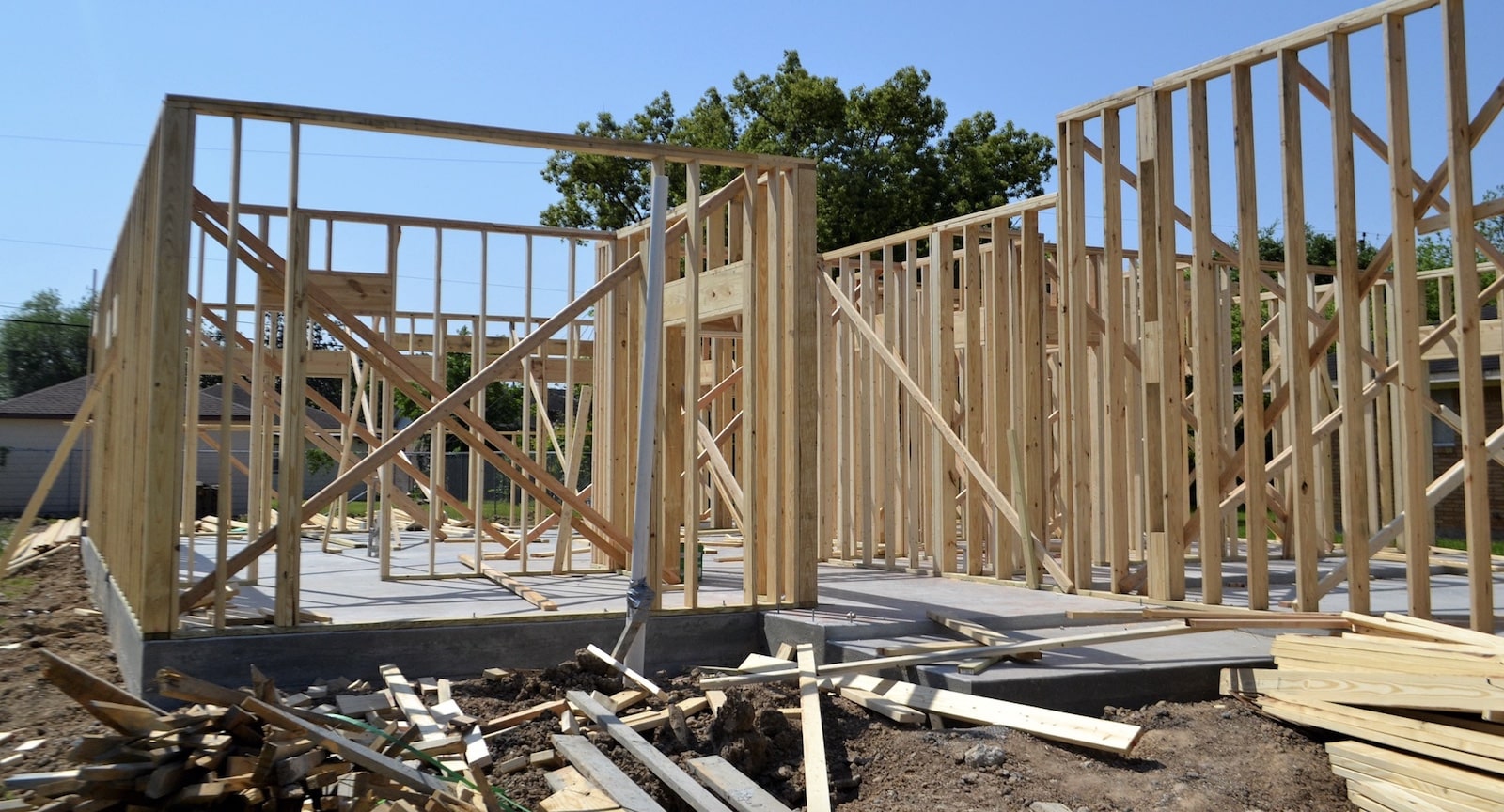In today’s economic climate, it’s vital for home builders to keep waste to a minimum so they can receive the highest profit on their homes. However, most builders struggle with understanding exactly where the waste is coming from and how to reduce it. This article contains an array of simple solutions you can easily put into practice to effectively mitigate the cost of waste and improve the profitability of your homes.
What Is Waste? 3 Types of Waste in Home Building
Many builders view waste as a term confined only to what is thrown away. That simply is not the case. In reality, waste is a much broader term that defines any material that is above and beyond the minimum required amount to complete a project task.
Because this definition can apply to so many aspects of the home building process, it’s helpful to look at waste from the perspective of three distinct categories: required waste, visible waste, and hidden waste. By fully understanding where these three types of waste come from, we can create comprehensive, informed plans to help minimize waste in constructing our homes.
RELATED
- Lean Construction’s Greatest Hits, Vol. 1
- Putting the Value Back in Value Engineering for Home Builders
- Process Failure: Product Waste in Home Building
1. Required Waste
Required waste is the material that is above the minimum amount required for the completion of the task but is suggested for the best result.
Studs are an excellent example of required waste. It’s essential to order extra studs in order to compensate for faulty studs. Accounting for extra tile for perimeter cuts is another area that will often result in required waste.
While this kind of waste is altogether unavoidable, there are many ways you can cut down on the overall amount so you are making the most efficient use of your materials, time, and money.
Planning is key to saving money on the jobsite. If you’re able to lay out exactly how much material you’ll need to get each room completed, you’ll be able to cut down on unnecessary waste.
Waste reduction begins at concept and ends at closing.
For example, tile waste can be easily reduced by using a flooring layout that takes cuts and case sizes into consideration to help determine the lowest amount of tile you’ll need to successfully finish each room.
Your plans should be clear and comprehensive. When creating scopes of work, make sure you define your specific policies for allowable damage to materials and expectations on cuts. Document the percentages of materials that are allocated for damages, miscuts, and mistakes, and be sure to communicate them to your trade partners.
Lack of specificity puts you on the hook and increases the likelihood of error. Always be sure to document your plans and make them easily accessible to everybody involved in the construction process.
RELATED
- Advanced Framing Techniques to Help Boost Home Performance
- 12 Lessons From a Production Home Framing Inspector
- Framing in a Time of Shortage
2. Visible Waste
Of the three types of waste, this is the easiest to identify. Visible waste is often what comes to mind when we think about waste. Materials placed in dumpsters, left lying around the jobsite, or hauled off by trade partners can be placed in this category.
However, unlike the other categories, visible waste is unique in the sense that it goes beyond the cost of excess material. In addition to paying for the material being wasted, you’re also paying for its disposal and, in many cases, for the labor to install it.
Similar to required waste, reducing visible waste starts with careful planning and clear communication.
If you properly and strategically plan your material use, excessive visible waste can easily be avoided. You should always avoid flat waste factors on items that have waste built into them.
For example, when estimating drywall or exterior trim, it’s important to take into consideration how to most efficiently use leftover materials from cuts that have already been made. After this has been accounted for, you can estimate a more accurate waste factor percentage.
After the plan has been put into place, it’s essential to discuss the estimating standards and how they lend themselves to a lower waste factor with your trade partners.
Make sure trades understand how the calculations were made so they can follow the guidelines that were put into place. Without these conversations, the house plans are meaningless. To most effectively reduce waste, you must make sure you clearly communicate your expectations.
RELATED
- Home Builders, Stop the Waste!
- From Trash to Treasure: How Builders Can Limit Construction Waste
- The Value of Proper Building Materials Storage
3. Hidden Waste
This category of waste is often forgotten and therefore left unaddressed. Hidden waste includes everything found between layers of surfaces including sheathing, drywall, framing materials, etc.
Because it can’t be seen, hidden waste is rarely considered by home builders when attempting to reduce overall waste. However, with the proper guidance, reducing hidden waste is simple and extremely beneficial to efficient material use.
As with required and visible waste, you will find success in reducing hidden waste’s impact in your scopes. It’s important to use scopes to address common areas of hidden waste such as studs and framing.
It is vital to use specific language and clearly define your expectations for all material use. Take studs, for example. Vague language, like the term “three-stud corner” can omit essential details that can lead to two unnecessary additional studs per corner. A small miscommunication such as this can have a massive impact on how the home is built and result in an abundance of unnecessary hidden waste.
Taking the time to carefully map out the measurements and details of your framing plan can also lead to a significant reduction in hidden waste. Changing the placement of your windows, doors, and closets by as little as 1 or 2 inches could maximize your framing opportunity and cut down excessive material use.
After the plans have been created, it’s essential to communicate with your trade partners so they understand how and why each step has been put into place.
What’s Next for Home Builder Waste Reduction?
Waste reduction in the home building process begins at concept and ends at closing. It is maintained by diligence, communication, and careful planning. Good plans, good details, and good scopes of work will go a long way in helping you use your materials as efficiently as possible.

Dave Burleigh is co-founder of BOQ Virtuosos, which works with home builders to create estimates that can eliminate excessive waste. In 2021, BOQ Virtuosos partnered with Shinn Consulting to take its estimating and materials modeling nationwide. Using both 2D and 3D estimates, they help builders put these waste-reducing principles into practice to achieve higher profitability. Contact Dave at info@shinnconsulting.com for more information.




